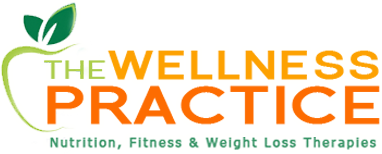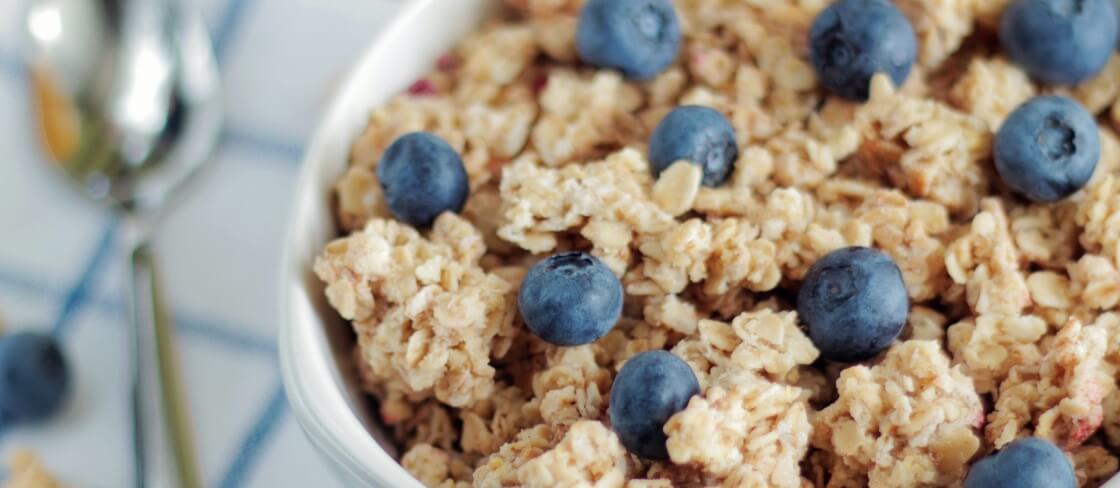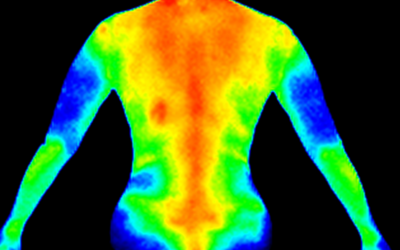Inflammation is believed to be the underlying cause of almost every chronic illness from heart disease to diabetes. Therefore, creating an anti-inflammatory diet meal plan and shopping list with anti-inflammatory foods can help. Even if you do not have a chronic disease, feeling always exhausted and holding onto a few extra pounds around your midsection, can also be a sign of inflammation. In order to feel and look your best, you must manage the inflammation.
What is Inflammation?
Inflammation is a natural process that the body uses to fight physical injury and disease. When it is used in a controlled manner, it is actually quite helpful. When you have an injury, the body initiates the inflammatory response. Blood rushes in bringing with it immune cells and nutrients to help heal the wound. The area becomes swollen, red, and stiff while immune system does its job. Within a few days, the inflammatory process is complete and the area and the immune system are back to normal.
The problem is that in our modern environments that include less than ideal diets, toxin overload, and excessive stress, the inflammatory response is always turned on. Most of us experience a low-grade constant inflammation that never goes away.
The inflammatory process is always active, but there is no real threat to fight. But, since the body believes there is a threat it increases stress hormones, holds on to excess weight “just in case”, and utilizes a ton of excessive energy making you feel exhausted. In addition, when the immune system has no actual enemy, it starts to attack the body. This is when it can cause damage to the body’s organs leading to disease.
Uncontrolled inflammation has been linked to:
- Autoimmune disease
- Cancer
- Elevated cholesterol
- Diabetes (types 1 and 2)
- Asthma
- Alzheimer’s disease
- Diseases of the central nervous system
- Respiratory illnesses
- Gum disease
- Obesity
- Liver disease
- Kidney disease
- High blood pressure
As you can see, almost every organ can be negatively impacted by inflammation. Additionally, inflammation doesn’t usually just stay in one part of the body, it usually impacts multiple systems. For example, if you have gum disease you are also more likely to have heart disease, due to the system-wide inflammatory response. Stopping inflammation in its tracks is the only way to manage all of these different conditions.
Food and Inflammation
There is a lot you can do to help reduce inflammation. A great place to start is with what you eat. The foods you choose can either exacerbate inflammation or reduce it.
Below I will discuss the general guidelines for an anti-inflammatory diet, but it is important to note that certain foods may or may not work for you as an individual in terms of how your body reacts. Only you can determine which foods work best for you.
First, let’s start with foods that worsen inflammation. Eliminating these foods is how I like to start working with my clients in my private coaching and in the Body Revive Program. Cutting back on inflammatory foods, while filling your plate with anti-inflammatory foods can help you start to feel better right away.
Here are the top foods that worsen inflammation:
- Processed meats, beef, and pork: bacon, sausage, deli meat, hot dogs. High in advanced glycation end products that worsen inflammation.
- Gluten-containing grains. Wheat, barley, and rye are all a source of a protein called gluten, which can be a trigger for inflammation.
- Dairy products. There is inconsistent evidence about the impact of dairy on inflammation. That being said, lactose intolerance is the most common food intolerance in the world. Eating dairy if you are intolerant to it can be a trigger for the inflammatory response.
- Fats high in omega-6s. Vegetable oils and margarine are high in omega-6s, which have been linked to increased inflammation.
- Sugar and artificial sweeteners. Foods high in sugar should be avoided as processed sugar is a trigger for inflammation. Foods and beverages that contain sugar, such as pastries, candy,soda, and cakes should be eliminated to reduce inflammation. Artificial sweeteners may also be a trigger for inflammation and should be avoided as well.
- Alcohol. Alcohol, being a toxin, is highly inflammatory. If you truly want to stop inflammation in its tracks you will have to cut back on your intake.
Don’t be discouraged by this list of foods to avoid. There are many delicious foods you can enjoy on an anti-inflammatory diet meal plan. Here are a few general categories or you can check out my detailed shopping list and sample menu below:
- Fresh, unprocessed fish, poultry, lamb, and wild game. Many of these are high in anti-inflammatory omega-3 fats.
- Whole grains. Grains that do not contain gluten can still be enjoyed, they are an important source of fiber and B-vitamins.
- All fruits and vegetables. Plants are an incredible source of antioxidants, phytonutrients, vitamins, and minerals that play a role in reducing inflammation. These should make up the majority of your diet.
- Anti-inflammatory fats and oils. Monounsaturated and omega-3 fats can all help reduce inflammation.
- Nuts and seeds. A great source of monounsaturated fats, nuts and seeds make a delicious, healthy snack.
- Beans and legumes. High in fiber and low in fat, beans or legumes are a great source of protein.
- Herbs and spices. Most herbs and spices are a source of anti-inflammatory compounds.
- Fermented foods. These foods support gut health, which may help improve inflammation.
Anti-inflammatory Diet Shopping List
Here is a sample anti-inflammatory shopping list you can use as a guide on your next grocery trip.
Grains
Gluten-free oats
Buckwheat
Millet
Quinoa
Brown or white rice
Rice pasta
Rice cakes
Produce
All fresh or frozen vegetables. Aim to choose a variety of colors; green, white, red, purple, and orange/yellow.
Unsweetened vegetable or fruit juice
All fresh or frozen fruit.
Canned fruit in its own juice
Protein
Legumes and beans
Hummus
Wild caught fish
Free-range, organic poultry
Lamb
Wild game
Dairy and Alternatives
Unsweetened non-dairy milk- almond, coconut, or hemp
Fats and Oils
Nuts and seeds
Nut butters
Tahini
Cold-expeller pressed olive oil
Flaxseed oil
Canola oil
Sunflower oil
Sesame oil
Almond oil
Anti-inflammatory herbs, spices, and other
Turmeric
Cinnamon
Ginger
Dried and fresh herbs
Green tea
Honey or maple syrup
Kombucha
Creating an Anti-inflammatory Meal Plan
Looking at this list may be a bit overwhelming at first. Do you really need to buy all of these foods to eat an anti-inflammatory diet? Not at all!
A great way to start is by building balanced meals from the list above. Pick one protein choice, a grain, a vegetable, and a fat source. A quarter of your plate should be protein, a quarter should be grains, half should be vegetables, and fats are used for cooking or seasoning.
For example, a complete meal would be, black beans (protein) + brown rice (grain) + cooked spinach (vegetable) in olive oil. Learning to build simple meals in this manner is a great way to get started with meal planning and eating an anti-inflammatory diet.
Do you need more ideas for how to combine your shopping list into actual meals?
Download the sample anti-inflammatory diet meal plan here! The plan comes with three days of healthy meals as well as recipes to get you started with anti-inflammatory eating.
Final Thoughts on Inflammation
Managing inflammation is the key to losing weight and feeling better. Diet is an incredible place to start, as most of us eat three meals a day. Therefore, changing your diet can give you a quick way to help you feel better right away.
But, in order to truly reduce inflammation you must target your health holistically. Your diet won’t help reduce inflammation if your stress is out of control, you are only sleeping 5 hours a night, or you are over exercising. You have to take other lifestyle factors that influence your health into account as well.
An anti-inflammatory lifestyle must attack inflammation from all angles. This anti-inflammatory diet meal plan and shopping list is a great place to start. In the Body Revive Program, we begin with an anti-inflammatory diet, but I also walk you through the other aspects of health that may be impacting how you feel and look.







0 Comments